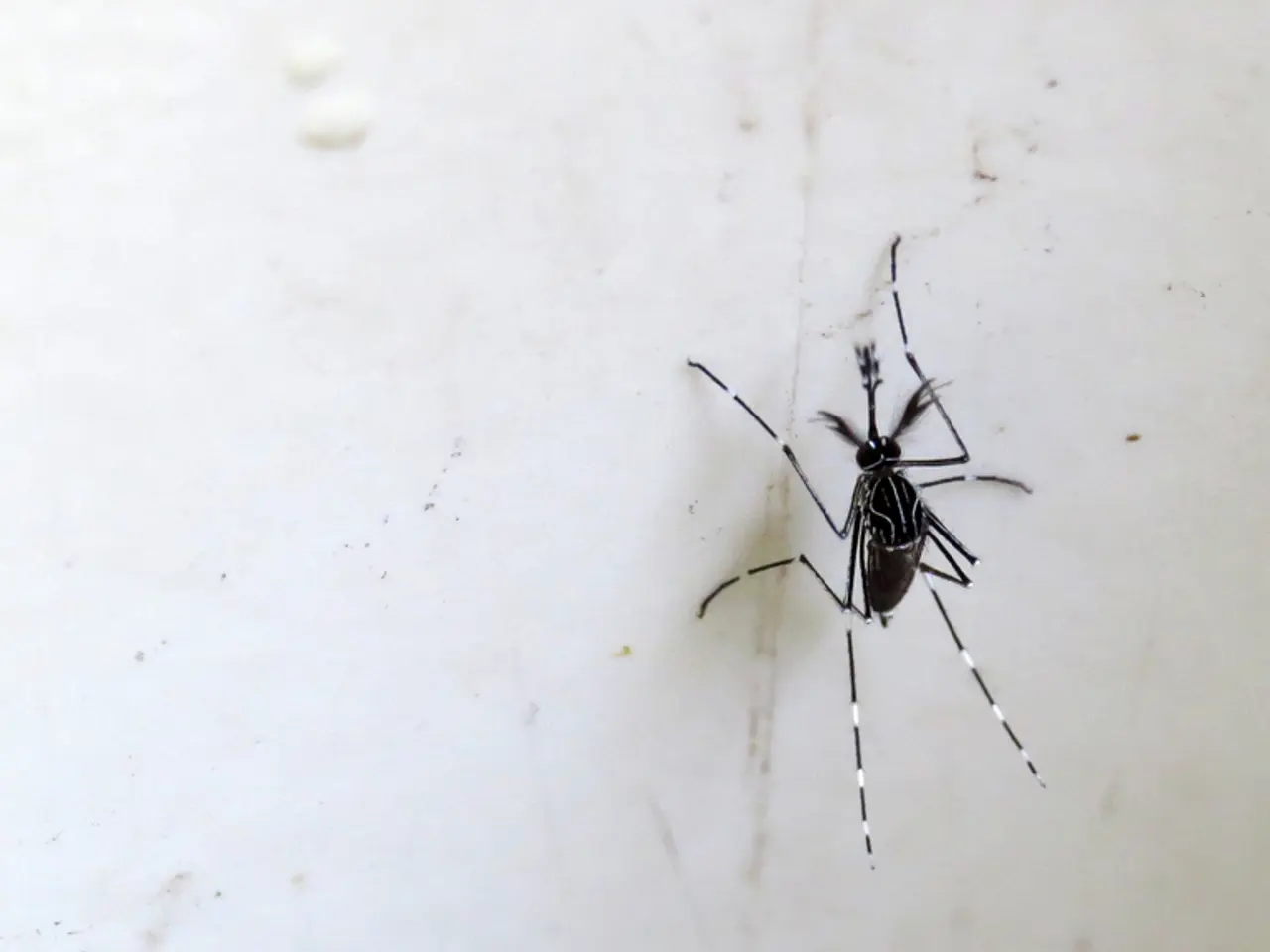Zika Virus Explained: Learn About This Disease and Its Implications
In 2025, the Zika virus continues to pose a significant threat in various parts of the world, primarily in tropical and subtropical regions. The virus is predominantly found in Africa, Asia, the Americas, and certain risk areas in Europe.
In Africa, recent cases have been reported in Burkina Faso, indicating active local transmission without recent travel history. Previous outbreaks occurred in Cape Verde, and evidence suggests ongoing circulation of the virus. In Asia, the virus is reported in at least 16 Indian states, as well as countries like Cambodia, Thailand, and Singapore. The U.S. Centers for Disease Control and Prevention (CDC) and UK health agencies still recommend precautions in affected Indian states.
In the Americas and Caribbean, the virus remains present, particularly along the Brazilian east coast, Central America, and Caribbean countries including Brazil, Colombia, Cuba, Dominican Republic, El Salvador, Guatemala, Haiti, Honduras, Jamaica, Mexico, Puerto Rico, and Venezuela. The highest risk areas are coastal and tropical zones of Brazil and Central America. In Europe, although the continent is not endemic, small risk areas, especially in the Mediterranean region and parts of southern France and Germany's Rhine regions, have seen autochthonous cases.
The Zika virus is primarily transmitted to humans through the bite of infected Aedes mosquitoes, particularly Aedes aegypti and Aedes albopictus. These mosquitoes breed in stagnant water and are found in areas with standing water. Less commonly, the virus can be transmitted sexually, from mother to child during pregnancy, and via blood transfusions or laboratory exposures.
Pregnant women are at risk of passing the Zika virus to their unborn child, which can lead to serious birth defects, including microcephaly. To protect themselves and their baby, pregnant women should follow the same preventive measures as mentioned above. If they suspect they have been infected with the Zika virus and experience any symptoms, it is essential to consult a healthcare provider immediately.
Symptoms of Zika virus include fever, rash, joint pain, conjunctivitis, and headache. Although there is currently no specific antiviral treatment for Zika virus infection, treatment primarily focuses on relieving symptoms, such as rest, hydration, and the use of over-the-counter medications like acetaminophen (Tylenol).
Prevention measures include staying informed about Zika virus areas before traveling, following the CDC's travel advisories, and using EPA-registered insect repellents on exposed skin. Wearing long sleeves and pants can also help reduce mosquito bites. Eliminating standing water around the home can help reduce mosquito populations.
In the event of exposure to the Zika virus, your healthcare provider may recommend testing. If you have traveled to areas with known Zika outbreaks or have been in contact with someone infected, pregnant women should seek immediate medical advice. Regular monitoring throughout pregnancy can help ensure the health of the baby, and regular follow-up appointments may be necessary for individuals diagnosed with Zika, particularly for pregnant women to monitor fetal health.
It's advisable to wait a certain period before donating blood after traveling to a Zika-affected area. Blood banks in affected areas often implement screening protocols to prevent Zika transmission. NSAIDs like ibuprofen and aspirin should be avoided, especially in the case of co-infection with dengue.
In conclusion, the Zika virus continues to be a concern in various parts of the world, particularly in tropical and subtropical regions. Pregnant women should take extra precautions to protect themselves and their unborn child, and anyone experiencing symptoms should seek medical advice immediately.
In the realm of medical-conditions, the Zika virus remains a significant health-and-wellness concern, causing birth defects like microcephaly in unborn children when transmitted to pregnant women. To mitigate risks, pregnant women are advised to follow prevention measures such as staying informed, avoiding travel to affected areas, using insect repellents, and eliminating standing water.
Given the ongoing circulation of the Zika virus across various regions like Africa, Asia, the Americas, and Europe, science continues to play a crucial role in understanding this disease, developing treatments, and ensuring proper medical-conditions management and health-and-wellness guidelines for at-risk individuals.




